Unknown and Underrated NoVa Museums You Just Have to See
Who doesn’t love a good exhibit? Northern Virginia has some incredible museums, such as the Griffin Museum of Science and Industry and the Stuart Mosby Civil War Cavalry Museum. Yet, little museums are outside of the spotlight; they are far more obscure and often-forgotten hidden gems. If you’ve seen all the iconic exhibits North Virginia has to offer, want to skip large crowds and lengthy lines, or simply enjoy more niche history, then this list is for you.
Stable-Leadbeater Apothecary Museum
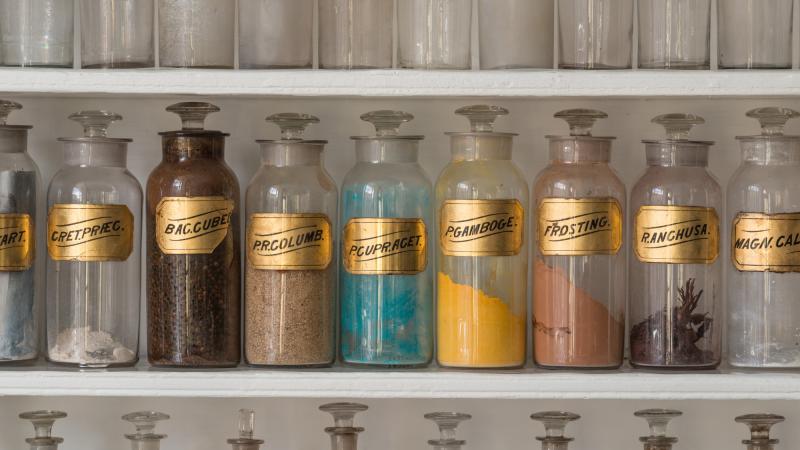
Location: Alexandria
This National Historic Landmark is perfect for those who enjoy local history and fun facts. Stable-Leadbeater Apothecary used to be a family business that combined retailing, wholesaling and manufacturing. It began way back in 1792, and remained open a whopping half century until its closure in 1933. It was one of Alexandria’s oldest businesses. The Stable-Leadbeater Apothecary has on display hand-blown glass, herbs and flora, and various medical equipment. The archives have records of journals, prescriptions, formula books, and order receipts.
There’s a lengthy and captivating history of both the Stablers’ and the Leadbeater family, and how they came to open the business. You can also learn about the efforts that went into turning it into the establishment it is today, as both the citizens of Alexandria and the American Pharmaceutical Association purchased archives and collections to preserve its history.
The museum hosts events nearly every week. These events range from small concerts to car shows to story time for the little ones. The next event is on August 17th, entitled ‘Family Day with Young Historians’, where tours will be guided by Alexandria’s youth from fourth grade and up.
Woodlawn & Pope Leighey House
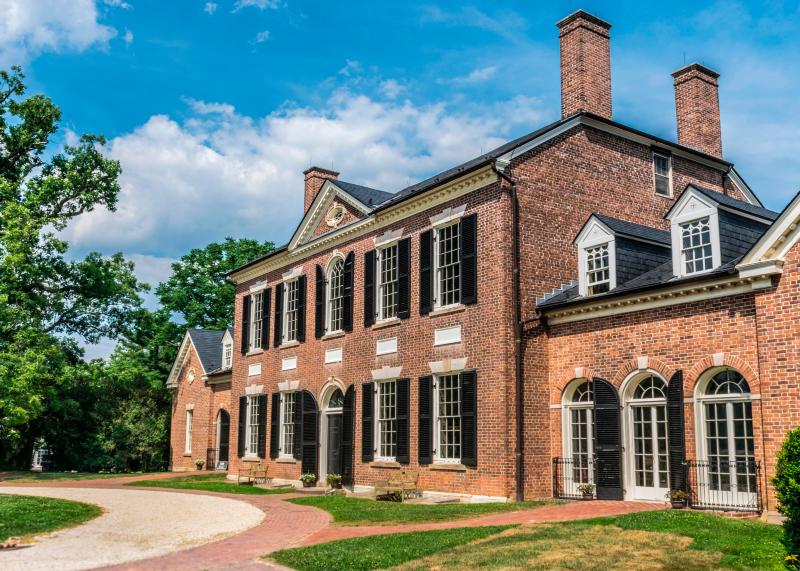
Location: Woodlawn
Two historical homes in one landmark lie here: the Woodlawn family’s plantation and the Frank Lloyd Wright Leighey House. Learn about each one as they both have fascinating pasts.
The plantation was built on land gifted to Woodlawn in the 1700s by George Washington. The Woodlawn’s were his nephew Lawrence and his step-granddaughter Eleanor Lewis. The building wasn’t complete until 1805, and when it was, it was not shy about showing off how the first-class colonials lived. In the 1840s, the land was purchased by anti-slavery Quakers who turned it into a free labor colony. With this free labor colony, the Quakers aimed to show Virginian residents that agriculture could be cultivated without slavery.
The Pope-Leighey house was originally built in Falls Church, Virginia, but relocated to Woodlawn to save it from demolition. The original location is now home to Interstate 66. It’s Frank Lloyd Wright’s more Usonian-style work. Usonian is a late 1930s design that emerged for middle-class families who desired modern, natural-based architecture. Leighey captured this perfectly, and it is incredible, partly due to how ahead of its time it was. Wright only built three houses in Virginia, and this is the only one that is open for tours within the greater D.C. area. The original house was simply called Pope after Loren Pope, a journalist and author who asked Wright to design the house. The name Leighey was added after Marjorie Leighey played a large part in the house’s preservation.
After you explore the landmarks, take a stroll down the Potomac Heritage National Scenic Trail, a 900-mile— yes, you read that right—that runs from the Potomac River in Maryland and Virginia to the Allegheny Highlands in Western Pennsylvania.
Historic Blenheim
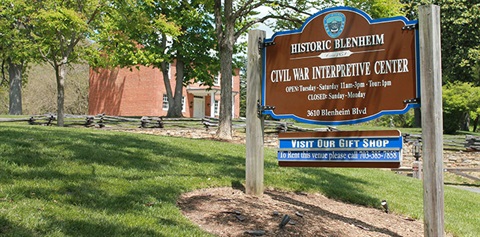
Location: Fairfax
Another historic house that should be on your tour list is the Blenheim Palace. In the early 1860s, amidst the Civil War, Federal soldiers who were placed on the grounds— which acted as a reserve hospital— inscribed and drew on the walls, leaving behind a rich historical context to the period.
Learn about the original history and owners of the house before it became a reserve hospital for Union Soldiers in 1861-63; engross yourself in the writings, poems, names and drawings on the walls of the first, second and attic levels of the house. Amazingly, after the war, the house returned ownership to the original farmers who ran the property before the conversion to a reserve hospital. The family and their lineage out wallpaper over l the inscriptions, but underneath they were never destroyed and remained on the walls. In 1999, the property was purchased by the City of Fairfax, and the original walls were restored for us to see.
A Civil War Interpretive Center was added alongside the site in 2008, and it places the Blenheim house in context within the larger framework of the American Civil War.
A bonus of this historic house is the monthly events. On September 23rd, ‘A History Mystery’ event for kids will be hosted, featuring a spy & intelligence-centric, clue-finding, exploratory puzzle that takes place on the grounds. On October 4th, join Blenheim staff as they teach youngins to make ice cream, and (faux) cow milking demos, and the history of dairy farm activities. Each event hosted here is focused on historic education, making it great for adults and children alike.
Also available are the free tours between Tuesday and Saturday at 1 p.m. If guided tours aren’t your style, there’s always the option to self-guide and read the posted signage along the way.
National Inventors Hall of Fame Museum
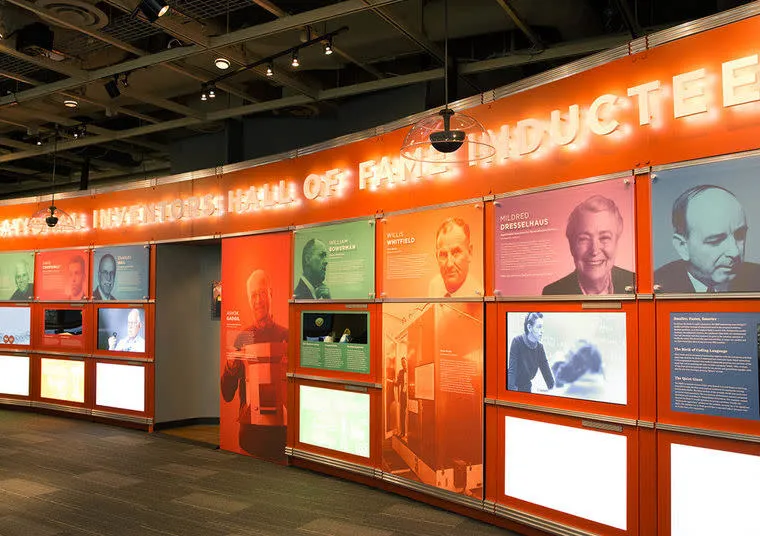
Location: Alexandria
Hundreds of notable and lesser-known figures can be studied here, and every single one has invented or innovated an item that has become essential to modern life.
Core Exhibits
Hall of Fame Legends
Check out the Hall of Fame Legends, which holds exclusive videos of the context behind great minds. Learn about Garrett Brown, the inventor of the camera stabilizer, and the reason why moving movie shots look so smooth, or Art Fry, the man who invented the popular Post-It Notes. Here you can see the lives and legends of all kinds of inventors— from monumentally life-changing and culture-changing items to everyday staples.
Women in Innovation
This exhibit focuses on great minds who happen not to be men. It’s very STEM-based and covers how women in history have created world-changing inventions.
50 Years of Automotive Design and Technology
This exhibit is for all you car lovers. Climb inside a 1965 Ford Mustang and a 2015 Ford to see how cars have dramatically changed over the course of half a century.
Connectivity Changes Everything
My personal favorite, this gallery covers everything you need to know about wireless technology, from the origins and history of this kind of tech to how every piece of a smartphone makes it operate. Great for kids, as this is a fundamental aspect of modern life, and few youth know how it all works.
Other than these, the museum also has the Trademark Exhibit, which covers everything you'd want to know about trademarks and the processes involved in getting one. Every once in a while, the museum also hosts limited-time-offer exhibits, like the indoor skydiving they have available right now. Each year, the museum adds new inductees through a Hall of Fame ceremony; on your visit check out who the 2025 inductees are.
The best part about this museum? Admission is completely free, and parking is a meager $3 an hour.
Museums of Hounds and Hunting
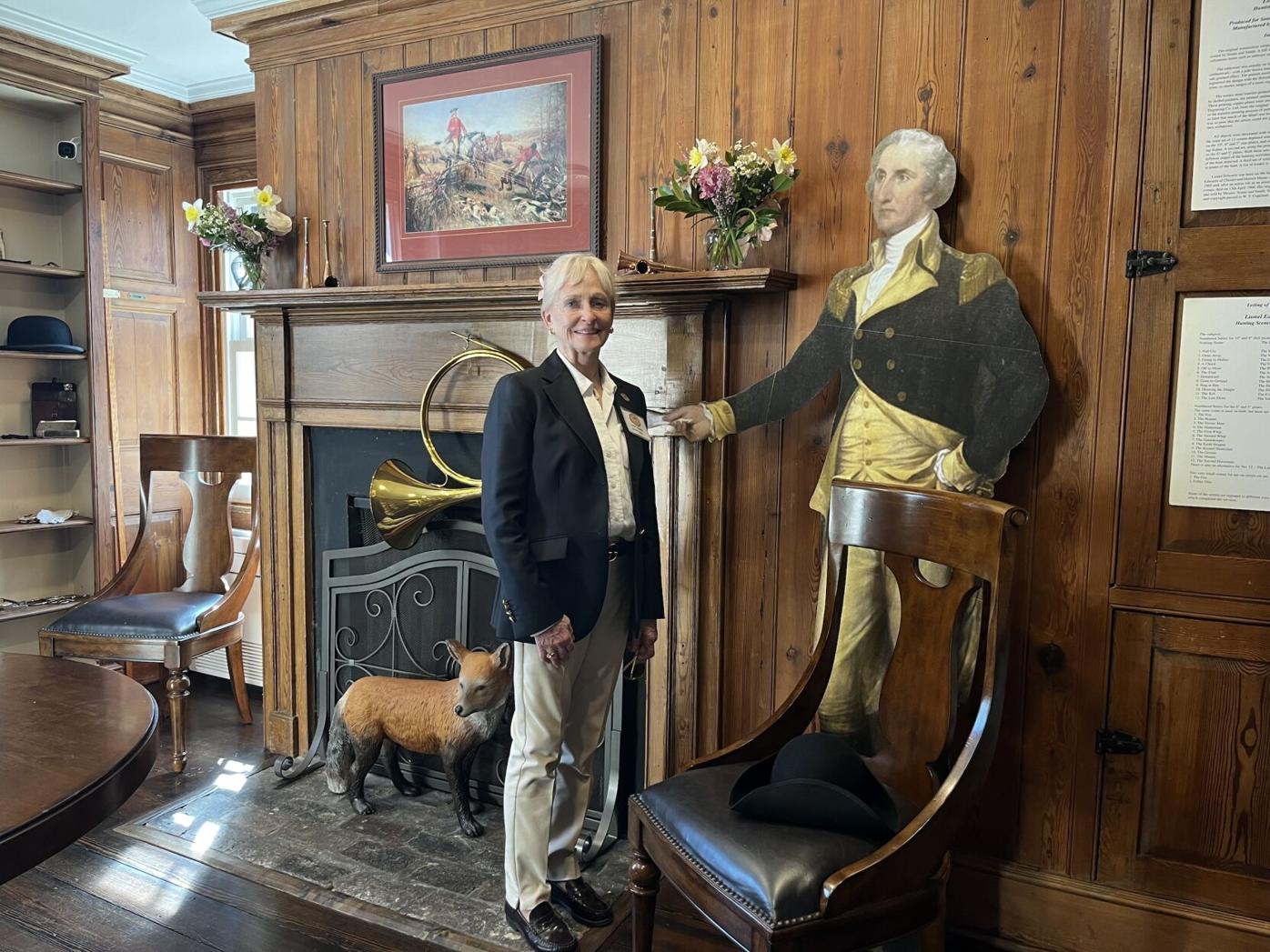
Location: Middleburg
Middleburg’s hound-focused museum was established in 1985 to preserve the artifacts and history of fox hunting in North America. Here you will find memorabilia and artwork that represent the sport and hobby, and a special gallery that commemorates famed huntsmen.
There are two locations for this museum: one in Middleburg and one in Morven Park in Leesburg. The one in Middleburg is free but self-guided, so if you are looking for a guided tour, then the one in Leesburg will be more up your alley- this location will also be the focus of the overview.
The Main Floor
Morven Park’s main floor exhibition has a focus on the historical, sociological and cultural aspects of hounds and mounted hound hunting. On display is every significant piece of attire, equipment and reward that is associated with hound hunting on horseback.
Upstairs
This area is entitled the Fine Arts Room, and is centered on the art of the sport in both the United States and Britain. There are displays of proper attire and gadgets, books and trophies, along with famed artwork, from paintings to sculptures.
The museum also has a reading room, an interpretive area with dozens upon dozens of books. Here you can read various papers, magazines, books, and maps surrounding fox hunting.
The Morven Park location tickets for adults are $10, and for children 6-12, only $3. Seniors can get in for $6, and children under 6 can get in for free. Check out the museum during its open times, Friday through Monday, between 12 p.m. and 4 p.m.